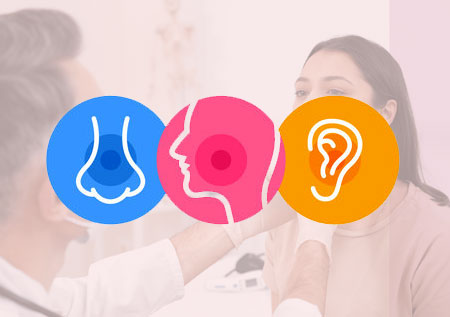
Posted on 4th Nov 2025, by Admin
The journey of becoming an ENT surgeon is one of skill, discipline, and lifelong learning. Yet, depending on where one trains, this journey can look very different. Having observed both systems closely, I often reflect on how India and Australia shape their ENT (Otolaryngology–Head & Neck Surgery) trainees — and how each model brings its own strengths, challenges, and lessons.
Both countries aim for the same destination: to create safe, skilled, and compassionate surgeons. But the roads they take to get there couldn’t be more different.
In India, the Master of Surgery (MS) in ENT is a three-year postgraduate program. The training is intense, with immense patient exposure, long working hours, and a vast variety of clinical cases. The learning is largely self-driven, and residents gain invaluable experience by managing large patient volumes under challenging conditions. This exposure builds clinical judgment, adaptability, and resilience.
However, despite this rich experience, the system remains heavily exam-oriented. At the end of three years, competence is determined mainly through theory papers and viva examinations. There is no structured or objective assessment of surgical skills. A resident who performs hundreds of surgeries and one who performs very few are both awarded the same degree. Surgical ability is assumed, not demonstrated.
This means that while some graduates become outstanding surgeons through sheer exposure and mentorship, others may leave training feeling they needed more time, guidance, or supervised practice. The system is time-bound — not skill-bound. Once three years are complete, the journey formally ends, regardless of how ready the hands truly are.
The Australian pathway, known as the Fellowship of the Royal Australasian College of Surgeons (FRACS) in Otolaryngology–Head & Neck Surgery, takes a very different approach. The program generally lasts five to six years and is competency-based rather than time-based.
Here, progress depends on demonstrated skills, not on calendar years. Each surgical procedure — from simple to complex — is directly observed, documented, and assessed. Trainees undergo regular workplace-based assessments, supervisor feedback, and national-level reviews conducted by RACS. Surgical logbooks are verified, and progress is measured through objective evaluation of both clinical and operative performance.
The system is also flexible. If a trainee feels they have not yet achieved the required proficiency, they can extend their training, continue learning under supervision, and still receive their full professional salary. On the other hand, if a trainee achieves all competencies ahead of schedule, they can complete their training early. This approach ensures that every surgeon who completes the program is not only knowledgeable but also technically competent and confident.
The core distinction lies in philosophy. India’s MS ENT program is structured around time and examinations, whereas Australia’s FRACS program is structured around competencies and continuous assessment. In India, the system assumes surgical skill develops naturally with exposure; in Australia, it ensures surgical skill through structured observation and documentation.
Both models have their strengths. India’s high clinical volume provides unmatched real-world exposure, preparing doctors for unpredictable situations and diverse pathologies. Australia’s structured program ensures precision, safety, and uniform quality of training. One produces doctors who learn by doing; the other produces surgeons who are certified only when proven competent.
Both systems, in their own ways, produce remarkable surgeons. Indian training instills endurance, quick clinical decision-making, and adaptability. Australian training cultivates precision, accountability, and patient safety through measured progress.
Perhaps the ideal future of surgical education lies somewhere between the two — combining India’s experience-rich environment with Australia’s structured, skill-verified approach. A system that values both exposure and evaluation, both independence and supervision.
Medicine is not defined by years spent in training, but by what those years truly build. Whether it is a three-year MS program in India or a six-year FRACS pathway in Australia, the essence remains the same — to grow as a healer, a professional, and a human being.
Maybe the time has come for surgical education to evolve beyond the calendar — to focus not just on duration, but on readiness, competence, and compassion.